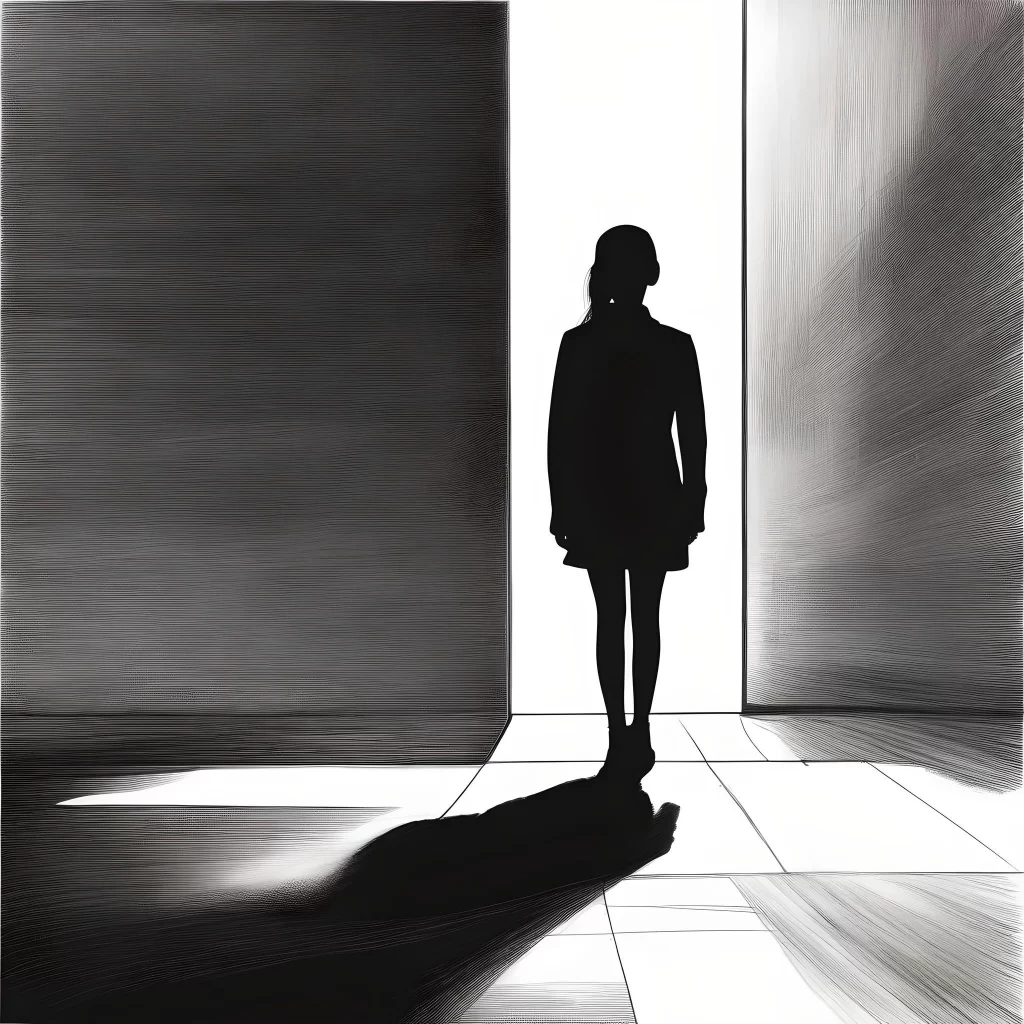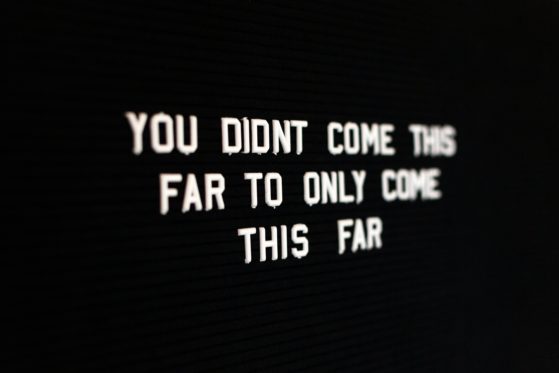“Don’t get stuck on the level of words. A word is no more than a means to an end. It’s an abstraction. Not unlike a signpost, it points beyond itself.” ~ Eckhart Tolle
It’s a feeling we’re all too familiar with: An overwhelming sense of being trapped in our current routine, experience, or thought patterns that strip us of our basic ability to feel joy, happiness, or satisfaction in our day to day lives. While the occasional rut is normal and to be expected in every life, consistently feeling suffocated by an invisible force of helplessness is indicative of more than just being in a funk – it is a sign of a far deeper struggle to create positive change in the face of adversity.
A Vicious Cycle
While some individuals are capable of shaking off the occasional rut, there are many who become overtaken and trapped by their circumstances and emotions. This feeling of being stuck can create a pattern of negative self-talk and destructive self-fulfilling prophecy capable of derailing even the greatest of intentions. Creating a cycle of negativity, the individual trapped in the rut finds themselves repeatedly being faced with problems created by their negative thoughts, thus adding to the sense of being overwhelmed, and then further driving them into a pit of despair. The more a person finds themselves stuck, the more things that tend to validate those helpless emotions arise – creating an overwhelming and hopeless feeling, leaving them powerless to move forward.

Being Trapped is about Habit – Not Circumstance
Have you ever seen a hamster in a cage running in a wheel that leads them nowhere? The hamster is running and running, sometimes to exhaustion. Even after hopping off, you’ll see the hamster, minutes later, jump right back in and repeat the cycle. Many of us do this. It’s called, “habit.” Habits, once encoded, operates in a part of the brain that is completely exempt from thinking. No thought. Automatic.
Obviously, this neurological mechanism can be useful for things like, sports, hygiene, and sleep – things that are deemed as “good habits.” What about being stuck?
Unfortunately, many of us don’t realize we are stuck in a rut until we are deep in the negativity and find ourselves hitting rock bottom. As people, we have become accustomed to ignoring and avoiding feelings, circumstances, or frustrations that are uncomfortable or challenging. This habit of not being in touch with our current status is the true culprit when feeling trapped. While it is true that bad circumstances can exacerbate the sense of being stuck, ultimately it is the unhealthy habit of not identifying the rut that creates the downward spiral.
Bottom line: We tend to become stuck when we are not paying attention to it.
Am I in a Rut?
Identifying whether you are in a rut is the key to getting unstuck.
Mindful question you can ask yourself:
- Am I feeling unmotivated or depressed?
- Do I feel empty or unfulfilled?
- Do you consider making a change, actually make attempts at it, fall off track, and then reconsider it, only to give up when things don’t turn out the way you expected?
- Are you finding yourself just going through the motion, doing the same thing over and over again?
- Are you overwhelmed by taking on too many responsibilities?
- Do you often feel like you’re just trying to survive the hour, day, or week?
If so, you might want to consider the possibility that you are currently stuck. By discovering this truth about you, you can do the work necessary to break the cycle, reclaim your happiness, make important decisions, take action and avoid the helpless feeling of being trapped.
Four Steps to Freedom
Identifying the oncoming rut is critical to freeing yourself from being stuck. Breaking free from this internal imprisonment can challenging – working with a professional to help you create new habits that support your brighter future may be needed.
But, here are three quick things you can do today to help you escape the rut:
- Acceptance – pain and suffering thrives in secrecy, avoidance, and fear. A major part of healing requires that you acknowledge and accept all of the uncomfortable parts of you. Acceptance is like taking care of the clutter in your room and choosing to no longer ignore them. This is the first time towards creating order to the chaos.
- Embrace NOW – Focus on the moment you are in. Identify and engage in healthy, positive activities that brings you into the present moment. These activities can become your anchor or reference point to return to when your mind goes off into “auto-pilot.” This is a basic practice of mindfulness – and teaches individuals to live in the here and now, while letting go of moments from the past or fears of the future (even if just for a moment).
- Reframe – Explore the reality of your current situation and reframe your way of looking at it. This can be challenging because this tactic often requires people to call out their own thought process. However, an experience therapist can help break down the skill and externalize this process.
- Focus on What You Can Do – Combing the power of NOW and Reframing – You can’t do everything. Focus on the things you are capable of changing and let go of what you cannot control.

From Victim to Victor
Life is full of challenging situations that constantly pushes people to find ways to adapt. And everyone is not always aware of the long-term impact of the actions they take to survive these situations. But, everyone is doing the best they can. All behaviors provide some sort of benefit, comfort and fulfilling some kind of need – even the destructive ones. Being stuck in a rut can be emotionally draining. But with some personal honesty, recognition, and mindful adjustments, you can reclaim your life, your happiness, and your freedom.
Also, know, you’re not alone. Some circumstances are highly complex – and the longer you’ve been in it – it’s hard to detach from it in order to get another perspective. The goal of therapy is to help you build a life where you don’t need a vacation from! So, let’s start today – let’s build a life you can’t wait to wake up to.






